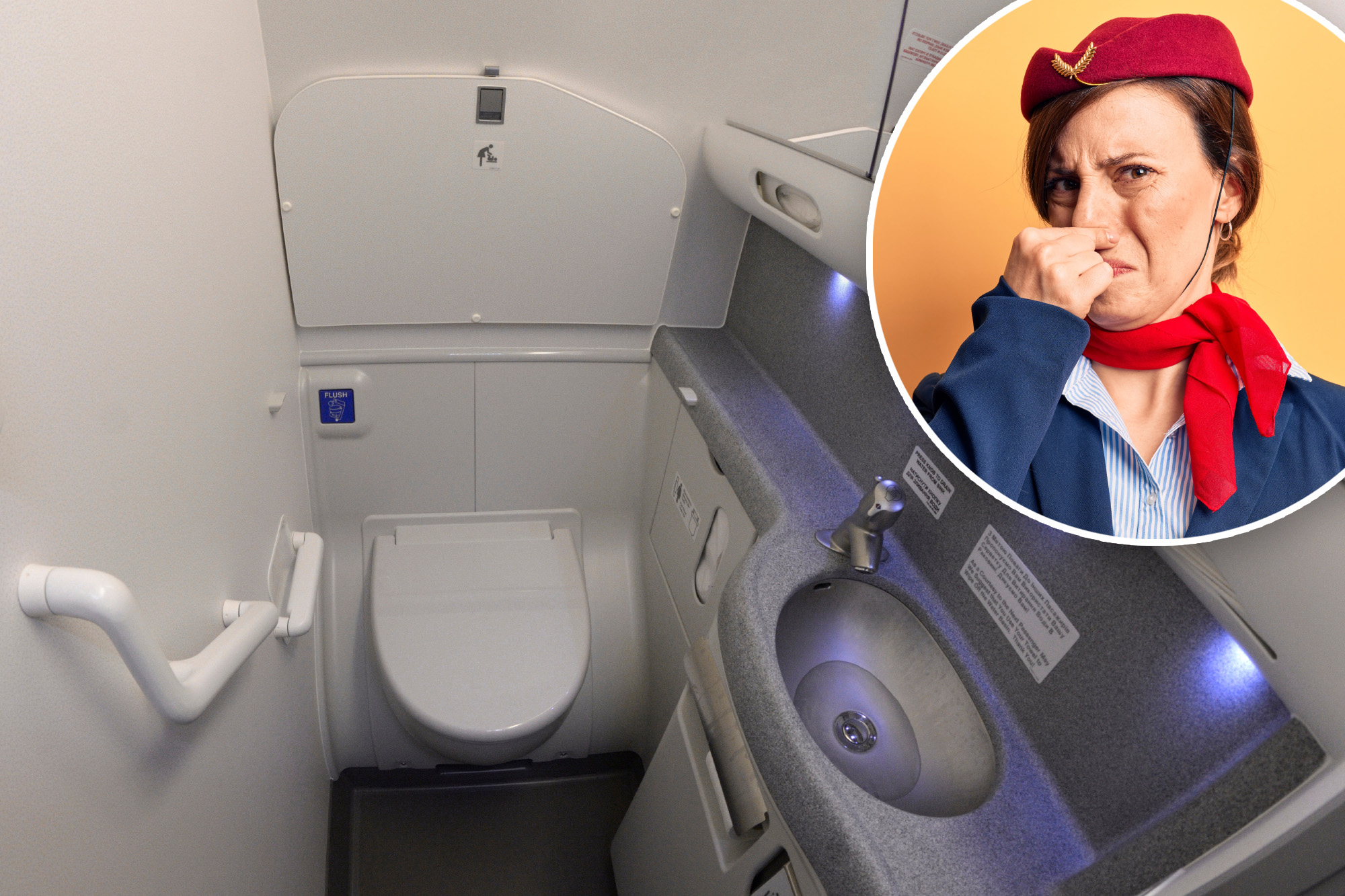Airlines are grappling with a growing issue of unsanitary bathroom behavior among passengers, particularly in airplane lavatories. Former flight attendant Marcus Daniels reports that many carriers are hesitant to educate passengers on proper toilet usage due to fears of offending them. This reluctance to address the problem leads to increasingly messy situations at altitude, posing challenges for cabin crew and impacting overall flight experiences.
During his career, Daniels witnessed numerous incidents of passengers misusing the lavatories, particularly on flights to and from developing countries. “Passengers will defecate on the floor and you just do your best to smile and not say anything,” he told the Daily Mail. After more than five years in the industry, he recalls a range of experiences that highlight a lack of understanding regarding Western-style toilets among some travelers.
Mobility International USA states that approximately four billion people worldwide use squat toilets, while a staggering 420 million individuals still defecate in the street, according to a World Bank Blog from 2023. Daniels notes that these cultural differences can result in significant challenges during flights. “As cabin crew, you notice it happens on specific flights to specific destinations,” he explained.
On certain routes, crew members find themselves frequently checking toilets to maintain cleanliness and ensure supplies are stocked. Daniels recounted a particular incident where a passenger repeatedly urinated on the floor despite attempts to provide guidance on proper toilet use. “It got so unsanitary on one trip that I had to lock off the toilet for the rest of the flight,” he said.
The former flight attendant attributes these incidents to a lack of education, emphasizing that passengers who understand how to use the facilities would not cause such disruptions. He highlighted the language barrier as a significant obstacle, stating, “Most of the confused passengers don’t speak English as their first language, so we can’t really explain how to use the toilet.”
While Daniels advocates for the implementation of visual guides to assist passengers in using the lavatories properly, he acknowledges that airlines tend to be cautious in their communications. “Airlines are very particular about how they communicate with customers because they don’t want to offend anyone,” he said. The absence of educational materials may stem from a desire to respect diverse cultural practices, but the consequences are evident in the cleanliness and functionality of onboard facilities.
The implications of inadequate lavatory etiquette extend beyond discomfort for passengers and crew. In March, Air India faced a significant issue when passengers clogged toilets with clothing, necessitating the diversion of an international flight. Such incidents illustrate how even minor bathroom-related problems can escalate to critical situations, prompting pilots to ground flights due to limited toilet facilities.
Despite the ongoing challenges, the prospect of implementing educational initiatives remains uncertain. While some crew members continue to encounter these issues years later, Daniels remains hopeful that airlines will eventually prioritize passenger education about proper lavatory use. “It would be a dream come true,” he said, reflecting on the need for improved communication regarding hygiene practices in the air.
The ongoing struggle with bathroom behavior on flights highlights the complex intersection of cultural differences and modern travel. As airlines seek to maintain a respectful atmosphere for all passengers, addressing these issues may be key to enhancing the overall flying experience.
